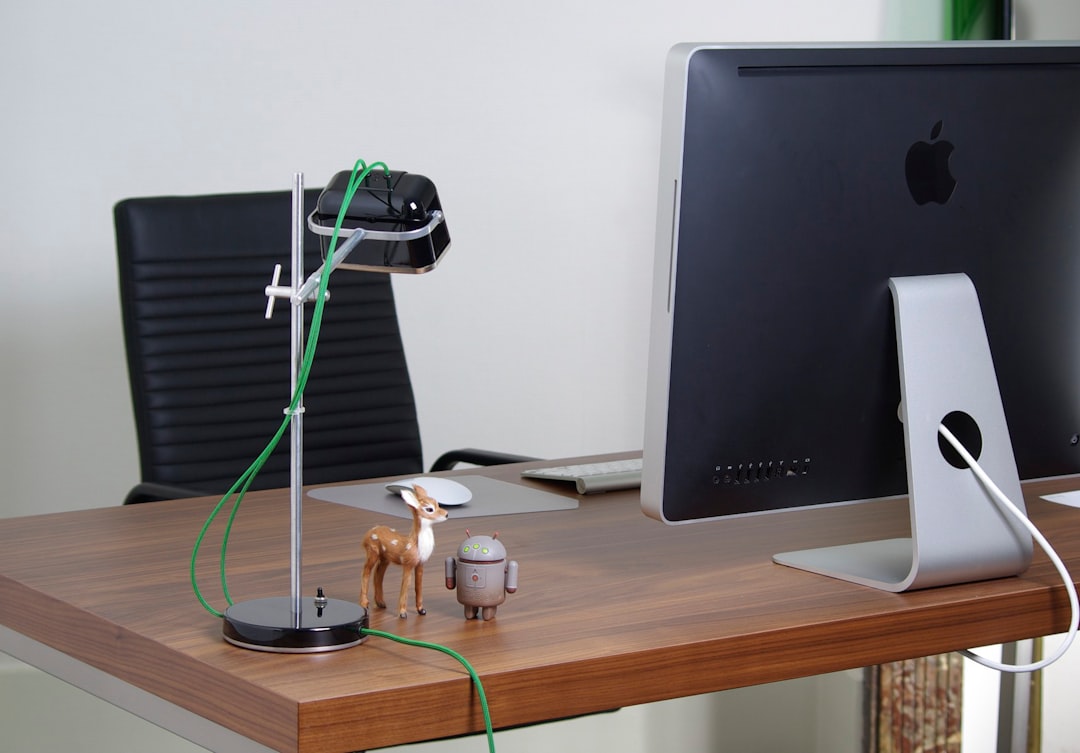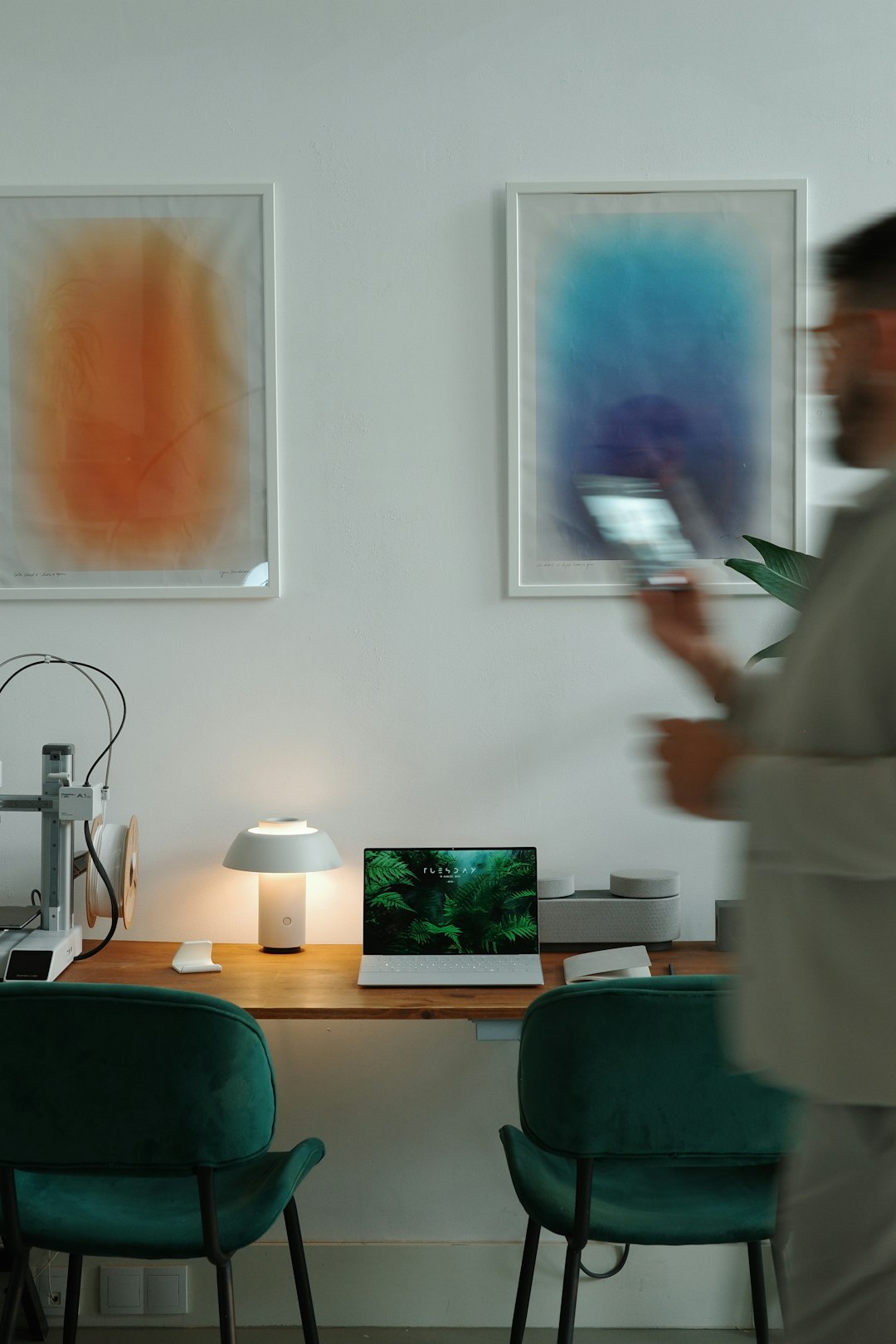In the evolving world of portable projection technology, users are constantly looking for flexible, user-friendly solutions that deliver high-quality visuals without the hassle of complex setup procedures. One of the essential considerations when setting up a portable projector is image alignment, specifically how to correct distortion when the projector is not perfectly perpendicular to the screen. Here, two significant elements come into play: keystone correction and physical placement. While both are aimed at ensuring a properly aligned image, each comes with its own set of advantages and limitations, especially in the context of portable projectors.
Understanding Keystone Correction
Keystone correction is a digital or optical adjustment that rectifies the trapezoidal distortion of an image when the projector is positioned at an angle to the screen—either vertically or horizontally. Imagine projecting an image onto a wall where the projector is placed lower or higher than the center of the screen. This uneven angle results in a wider or narrower part of the image, resembling a trapezoid rather than a rectangle.
There are mainly two types of keystone correction:
- Vertical keystone correction – Adjusts the image vertically when the projector is tilted upwards or downwards.
- Horizontal keystone correction – Adjusts the image horizontally when the projector is angled from side to side.
Advanced models offer automatic keystone correction using onboard sensors to detect angles and realign the image without user input. Many portable projectors today include this feature as a selling point for consumers who seek plug-and-play convenience.
The Role of Physical Placement
On the other hand, physical placement involves positioning the projector in such a way that it projects directly and perpendicularly onto the projection surface—ideally with the lens level with the center of the screen. This method avoids distortion altogether and offers what many consider a more ‘pure’ projection experience.
Proper placement may sound straightforward, but in the world of portable projectors—where space, portability, and convenience are critical—it often becomes a logistical challenge. However, achieving accurate placement significantly reduces the need for digital correction, maintaining better image fidelity.

Comparing Image Quality
One of the primary points of comparison between keystone correction and physical placement lies in image quality. It’s essential to understand that:
- Keystone correction, especially digital correction, modifies the image by processing it within the device’s software. While convenient, this can sometimes result in a noticeable decrease in resolution or introduce artifacts such as blurring and edge distortion.
- Physical placement retains the projector’s native image quality, as no pixel-shifting or digital manipulation is applied to correct alignment.
Therefore, while keystone correction allows more flexible positioning, it often comes at the cost of optimal image clarity and sharpness. For cinephiles and professionals using portable projectors for presentations, this trade-off can be significant.
Setup Time and Convenience
Not every user of a portable projector is a seasoned tech enthusiast. Many opt for these devices specifically to avoid the complexities of traditional setups. Keystone correction shines in this department due to its rapid setup capabilities.
Here’s a breakdown:
- Keystone correction: Great for quick setups in unfamiliar or awkward spaces, such as during travel or impromptu meetings. Automatic correction can get you a rectangular image in seconds.
- Physical placement: May require more effort, such as measuring distances, using a level surface, or purchasing a tripod or mounting solution to ensure ideal alignment.
If the projector is going to be used in multiple environments or on the go, keystone correction offers undeniable benefits. However, in a fixed setup—even with a portable device—taking time to correctly position the projector reaps longer-term rewards in image stability and quality.
Impact on Battery Life and Processing Power
Another important aspect to consider—particularly for portable projectors—is the impact of keystone correction on system resources. Because keystone correction utilizes internal processing to manipulate the image, it can increase CPU usage, potentially affecting:
- Battery life: Especially relevant for battery-powered projectors, the added processing may lower battery performance, reducing overall projection time.
- Heat generation: More intensive processing can lead to additional heat, which may affect the longevity of the hardware if components run hot for extended periods.
Conversely, when the image is aligned through proper placement, the projector avoids this additional processing burden, resulting in potentially cooler and more efficient operation.

Best Use Cases for Each Method
The appropriate choice between keystone correction and physical placement largely depends on how and where the projector will be used. Below are common scenarios and the most suitable alignment strategy for each.
- Business Travel: Keystone correction is preferred due to the need for rapid deployment in different settings.
- Camping Trips: Irregular terrain makes precise placement difficult; keystone correction adds flexibility.
- Home Theater Setup: Physical placement ensures the best visual performance over time.
- Classroom or Office Use: Keystone is helpful for quick switching between rooms, though fixed mounts can benefit from strategic placement planning.
Hybrid Approach: When Keystone Meets Careful Placement
It’s worth noting that these two approaches are not mutually exclusive. Many experienced users employ a hybrid method—first aiming for the best possible physical placement to reduce distortion and then applying minimal keystone correction to fine-tune the image. This strategy offers:
- Minimum loss in image quality thanks to minimal digital manipulation
- More balanced use of system resources that preserves battery life
- Faster setup time compared to aiming for perfect placement alone
With today’s portable projectors offering increasingly more precise and automated keystone functions, this hybrid method ensures a balance between fidelity and convenience.
Conclusion
In the realm of portable projection, both keystone correction and physical placement offer valuable paths to achieving a properly aligned image, but each comes with trade-offs. Keystone correction provides quick, flexible setup and is often indispensable in irregular environments. However, it can compromise image quality and drain power going forward. On the other hand, physical placement offers uncompromised clarity and higher hardware efficiency but can be more time-consuming, especially for mobile users.
The ideal approach depends on your priorities—whether it’s convenience, visual fidelity, or battery optimization. For most users, a combination of careful placement supplemented by light keystone correction will deliver the best results across a wide variety of scenarios. As portable projectors continue to become more advanced, expect keystone correction technologies to improve further, narrowing the gap—but not entirely eliminating the benefits of traditional placement techniques.

